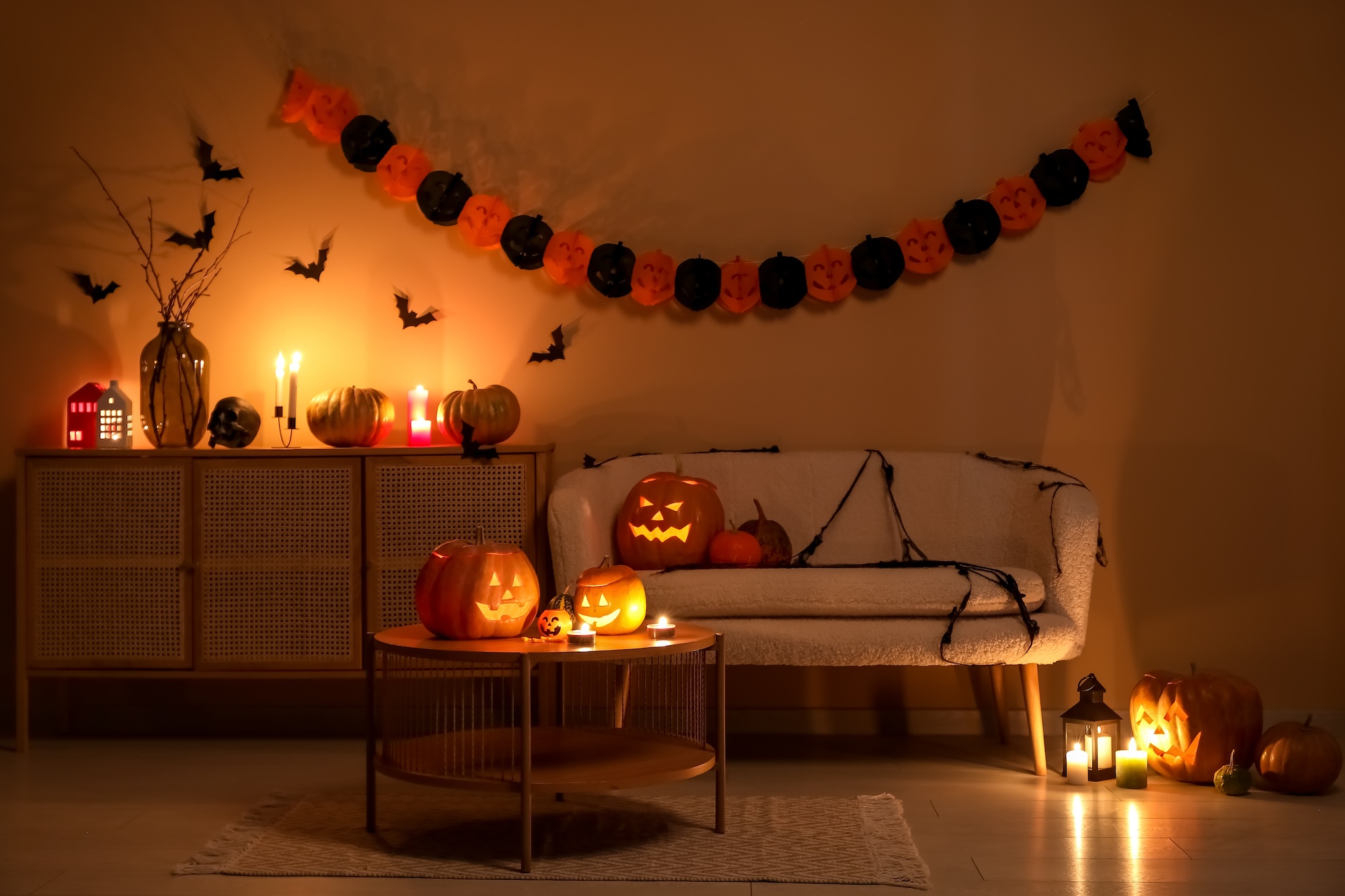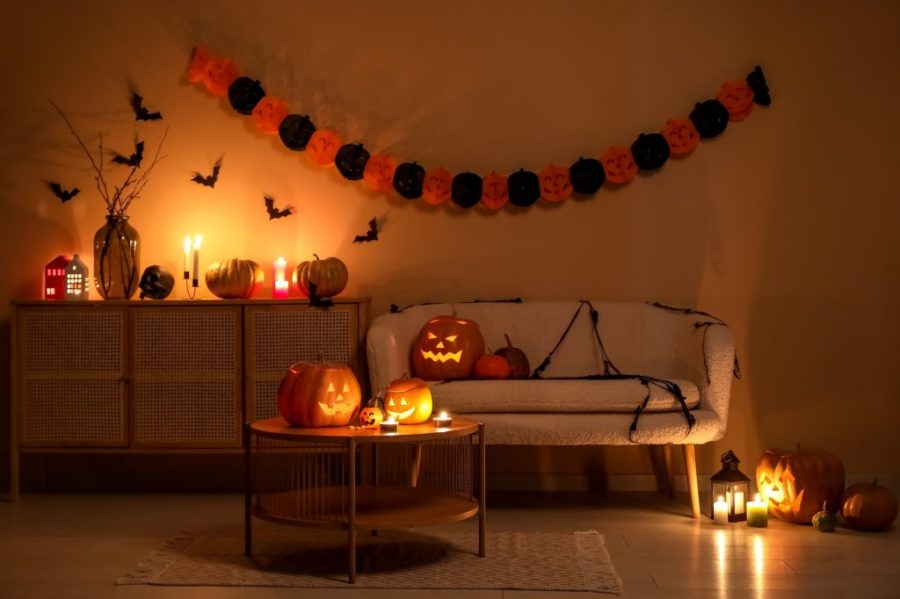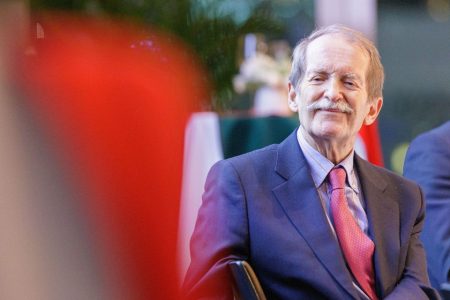Chung Yeung Festival may be over for this year, but Halloween is here and All Souls’ Day will be observed on Thursday. The coexistence of these events in Macao, all commemorating the dead, speaks to the confluence of Western and Eastern culture in the city, but when it comes to occasions that venerate the dearly departed, they are just the tip of the iceberg. Here is a list of five notable festivals that commemorate those who are no longer with us.
Chung Yeung Festival
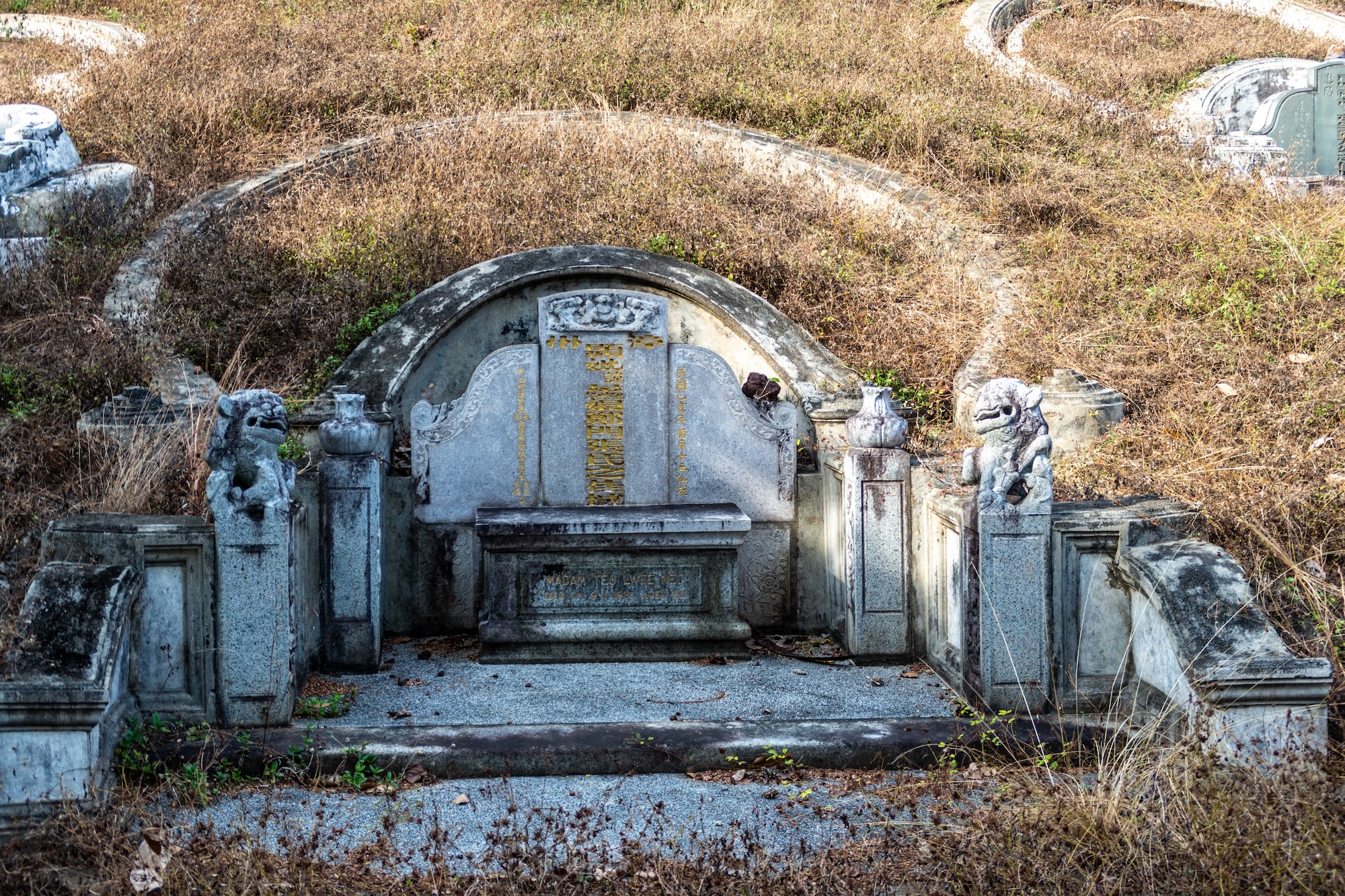
Taking place on the ninth day of the ninth month of the lunar calendar (or 23 October this year), the Chung Yeung Festival goes by various other monikers such as the Double-Ninth Festival, Senior’s Day and the Chrysanthemum Festival. It’s also sometimes styled Chung Yang or Chong Yeung.
Unlike the Qingming Festival (Tomb Sweeping Day) or the Hungry Ghost Festival, Chung Yeung is not as well-known nor as widely celebrated in the Greater Chinese world. In fact, Macao and Hong Kong are the only places in China where the occasion has official status as a public holiday.
[See more: Burying the dead in one of the most densely populated places on Earth]
The chrysanthemum flower is one of the key symbols of Chung Yeung, as its bloom coincides with the festival and it represents longevity. Drinking chrysanthemum wine and admiring chrysanthemums are customary activities during the festival, as well as climbing a mountain, staging events for the elderly and eating double-ninth cakes.
The origins of the Chung Yeung Festival can be traced back to a legend of the Eastern Han dynasty (20-220AD) involving a man named Huan Jing, who used his sword, zhuyu leaves and chrysanthemum wine to defeat a pestilent demon that was devastating his town on the date the festival is now held on.
All Souls’ Day
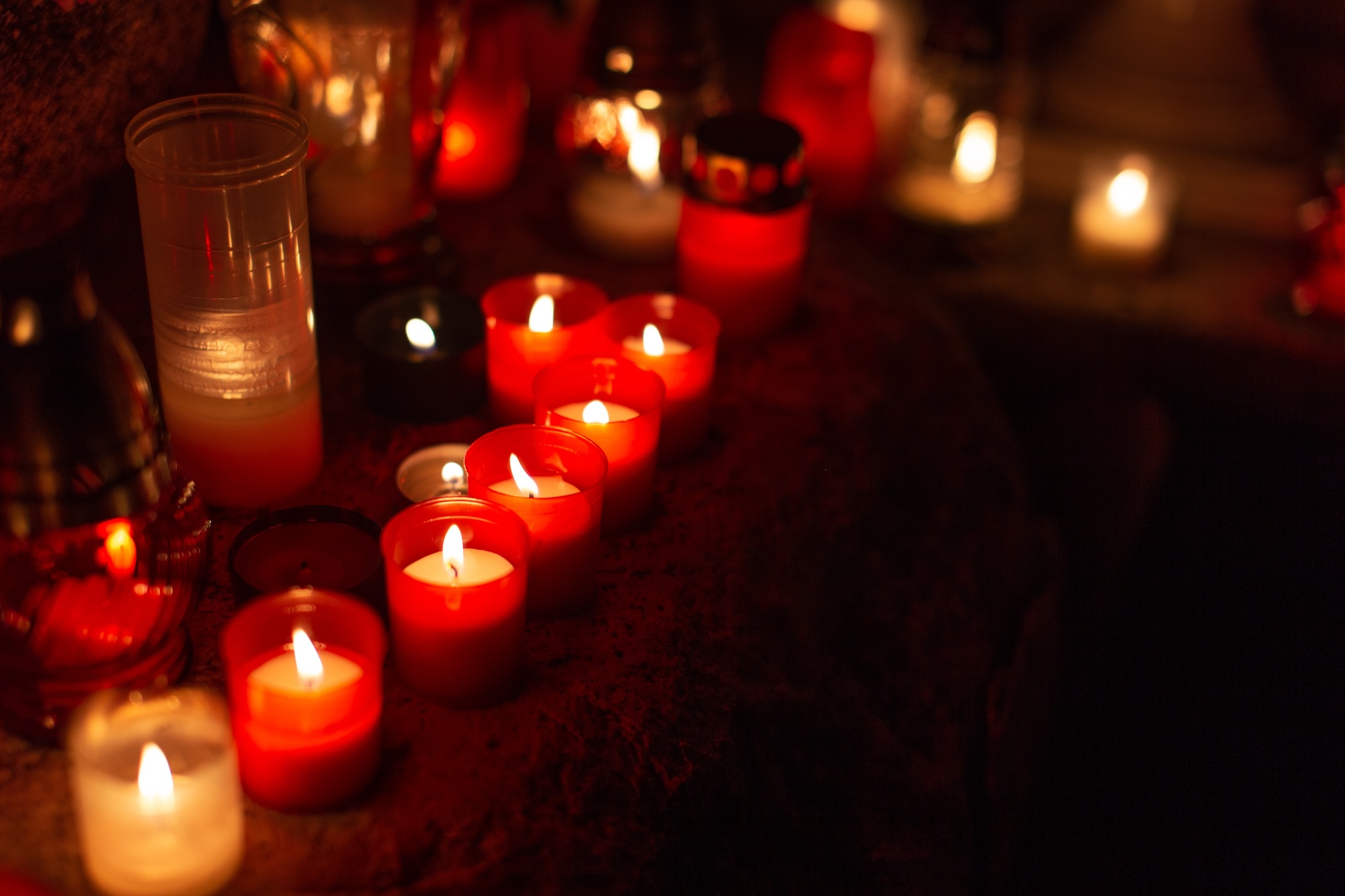
All Souls’ Day is held on 2 November and offers an opportunity for Catholics and Christians of other denominations to pay their respects to all the deceased and pray especially for the souls of those who are believed to be in purgatory – or between heaven and hell.
According to Catholic theology, the souls of the deceased who find themselves in purgatory need to be purified. Observers of this festival will thus attend Mass, pray and light candles in the hope that such observances will help the departed ascend to heaven. Others commemorate this festival by taking the time to remember deceased loved ones and visiting their graves.
[See more: St Francis Xavier’s perilous mission to spread Catholicism across Asia]
As with Chung Yeung (see above), the history of All Souls’ Day is quite long. Its origin dates back to the end of the 10th century, when it was instituted and popularised by French abbot, St. Odilo of Cluny.
Day of the Dead
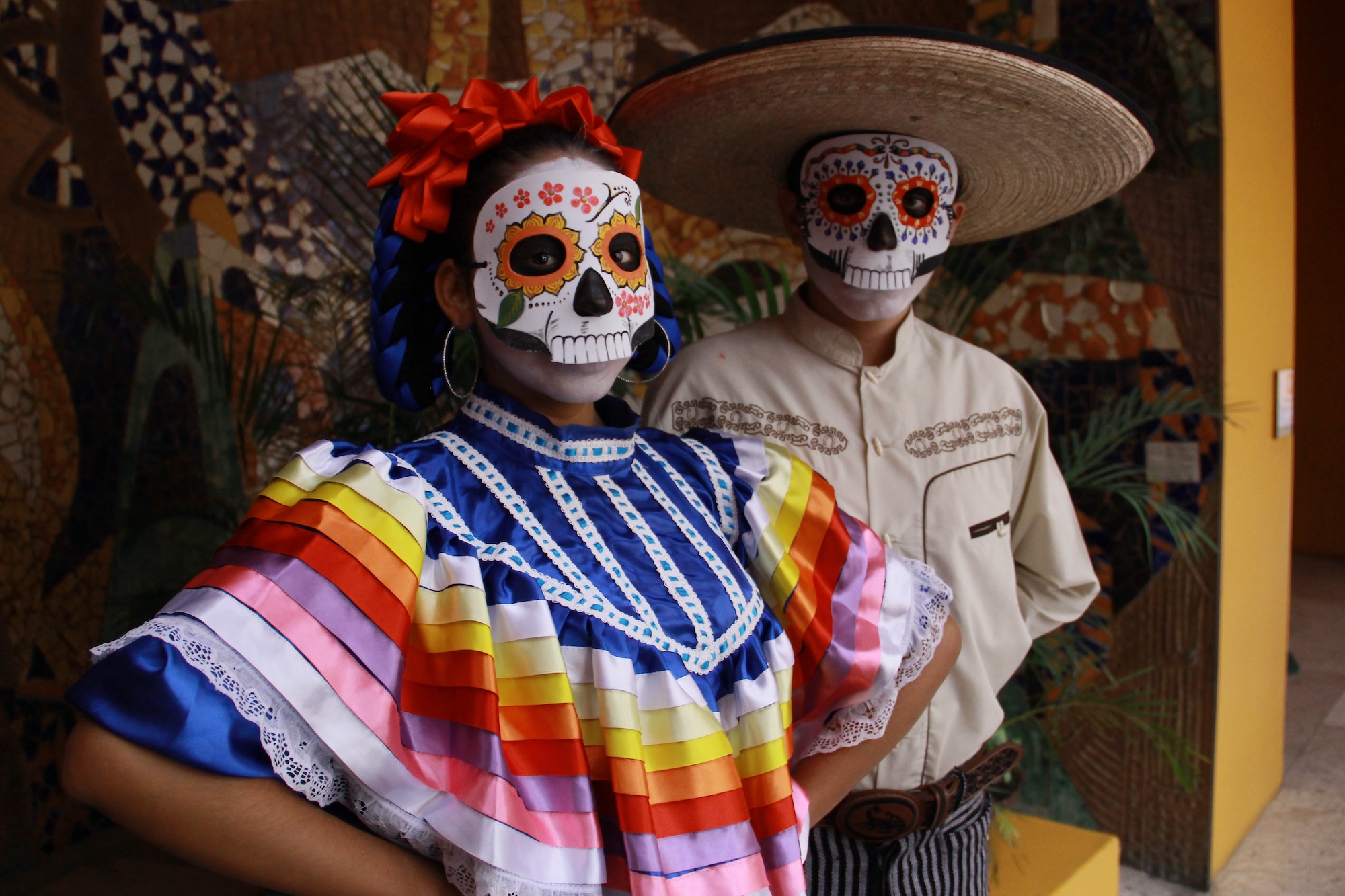
Arguably one of the the most flamboyant festivals for venerating the deceased, Day of the Dead or Día de los Muertos is held annually in Mexico and other Latin American countries on 1 and 2 November. As part of the celebration, many people will put on skull costumes and face paint as a homage to La Catrina, a hat-wearing female cartoon skeleton that was drawn by Jośe Guadalupe Posada in the early 20th century.
In order to pay tribute to ancestors who have passed on, observers of the holiday will partake in various activities such as lighting candles on an altar in order to direct their loved ones in the netherworld to find their way home. The altars may also be decorated with yellow and orange flowers, as well as food offerings and items belonging to the departed. It is also a tradition for families to visit cemeteries and participate in extravagant parades that feature floats and statues of mythical beasts.
The genesis of Day of the Dead can be found approximately 2000 years ago, during the time of the Aztecs who originally inhabited what is now Mexico City. Much like today, these indigenous people arranged altars to memorialise the dead. When the Spanish colonists took over their land in the 16th century, they introduced Christian customs such as All Souls’ Day (see above), which merged with Aztec tradition to form this unique occasion.
Obon Festival
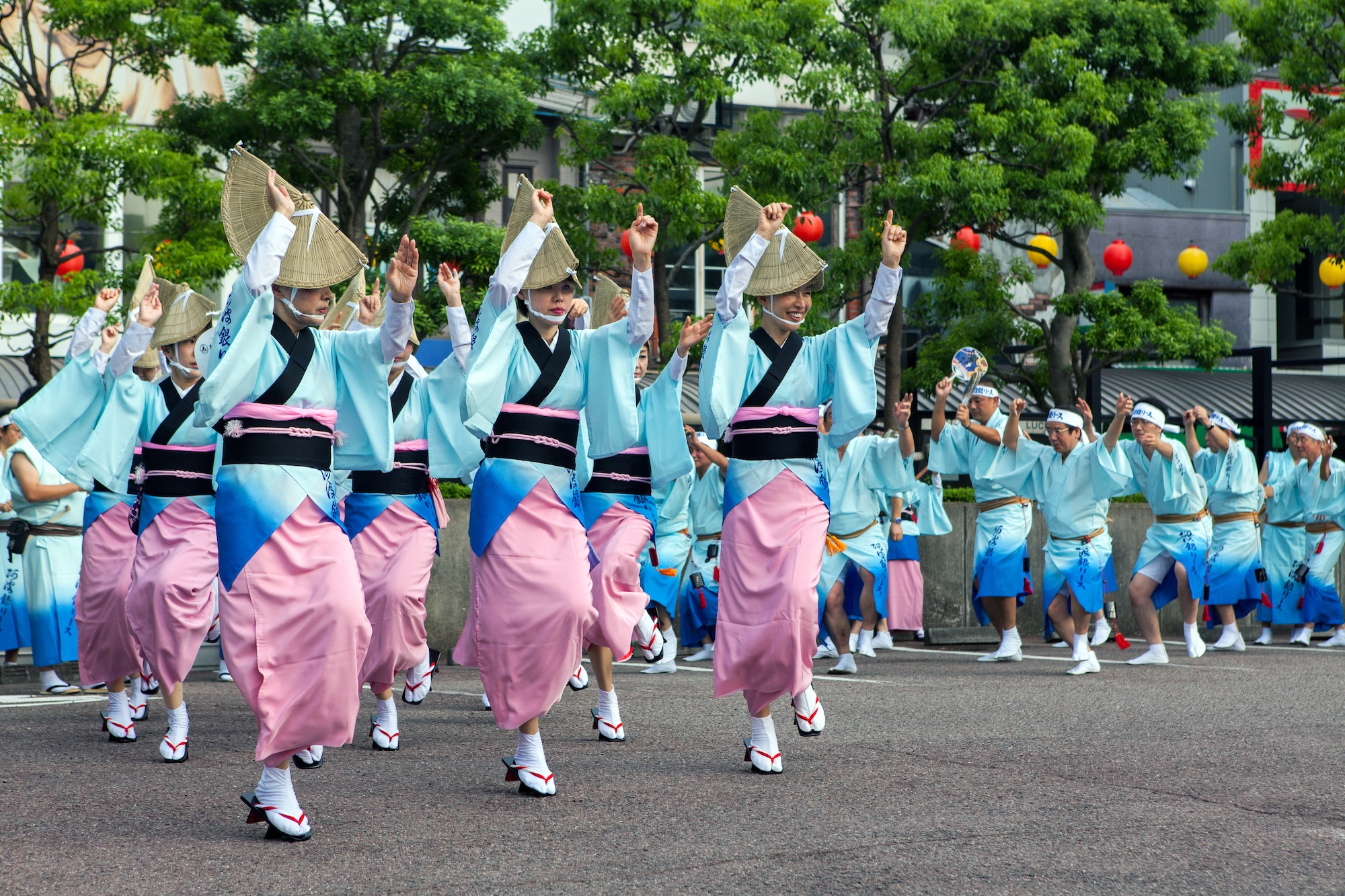
With a history of over 500 years, Obon or simply Bon is generally held in Japan between 13 to 15 July, although the date can vary depending on the location, with some areas staging the event in August.
As part of the festival, families will pay a visit to their loved one’s graves. Lanterns and fire are a key aspect of this three day long festival, as it is customary for people to help guide their deceased relatives home by lighting chochin lanterns, as well as bonfires in some areas. During Obon, the Bon Odori or the Bon dance is performed to welcome the spirits of the dead.
The festival has its roots in Buddhism and is connected to the story of a monk named Mokuren who managed to free his dead mother from torment with the help of the Buddha.
Pitru Paksha
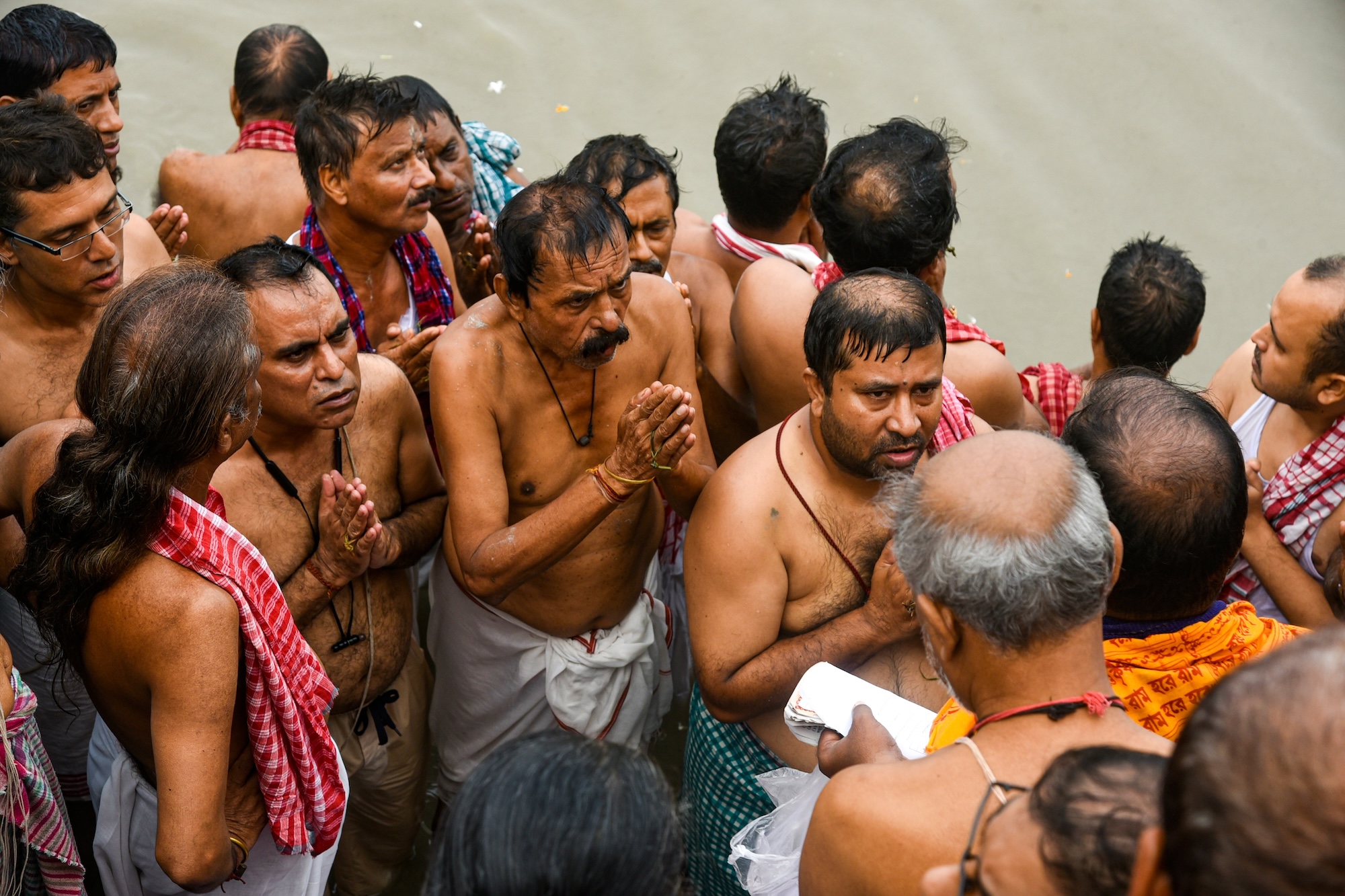
Originating in India, Pitru Paksha or Shraddh Paksha, as it is also known, is a Hindu festival that lasts for 16 days. In accordance with the Hindu calendar, the festival was scheduled from 29 September to 14 October this year.
During this period, people will hand food, water and clothing to Hindu priests or Brahmins as offerings for their ancestors. Participants will also take part in various religious rites that are intended to honour the dead and help them attain salvation.The rituals involve taking a holy dip in the Ganges river, reading sacred texts such as the Bhagavad Gita and various other activities.
[See more: What Ramadan and Eid-al-Fitr mean to Macao’s Muslims]
The roots of Pitru Paksha are complex, spanning back thousands of years to the birth of Hinduism during the Vedic period (1500 BC to 600 BC). The main aspects of the festival, such as its rituals and offerings for the departed, were already present during this time.
